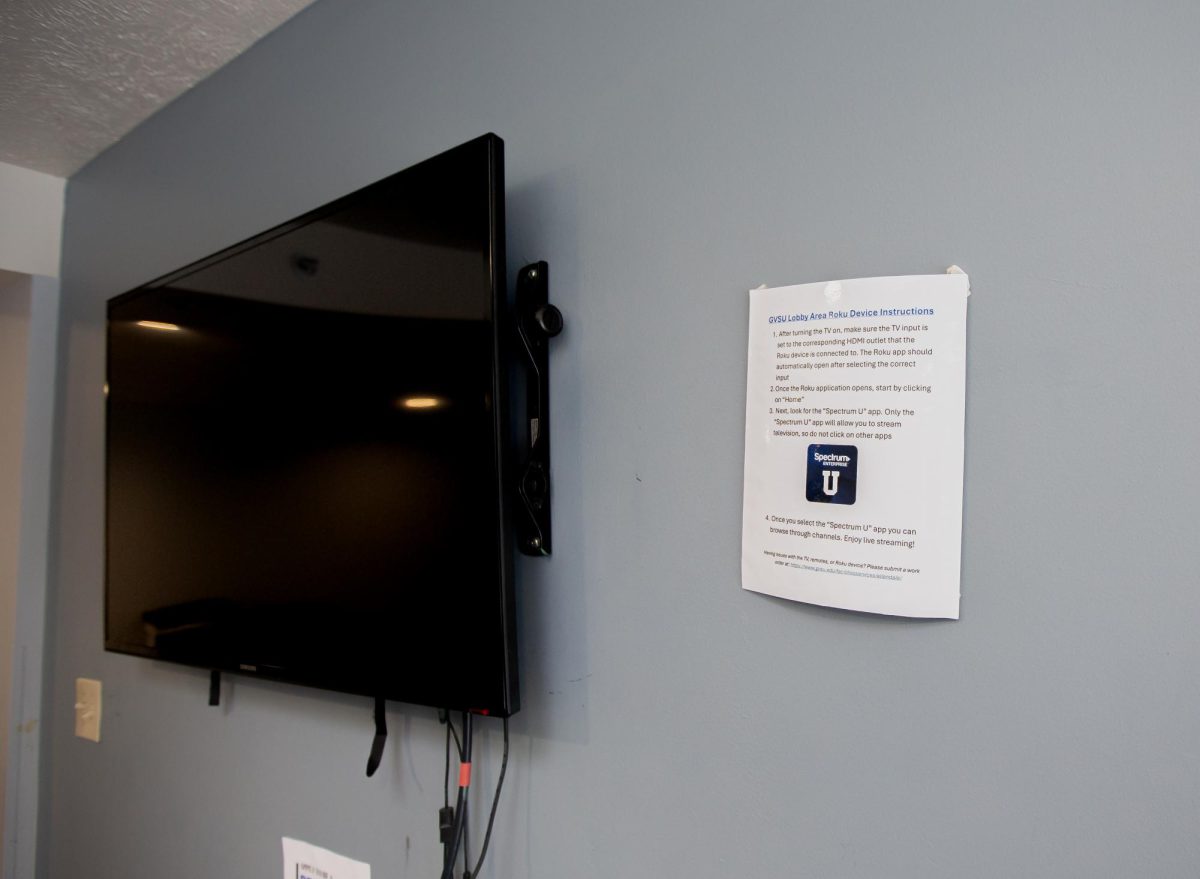Shop around for lower mobile phone plan costs
Mar 30, 2014
With tax season on the horizon, many people are taking inventory of their personal budgets and finding ways to save money. One way to save is to look at discretionary spending and scale back wherever possible. Assessing luxury services, such as cable television and mobile phone services, and finding places to trim some fat can free up extra money.
In the not-so-distant past, consumers had few choices regarding mobile phone carriers. But many companies are now vying for consumer dollars, and each offers their own unique plans and services. Although a greater number of companies can mean more selection, it can also make finding a plan that makes the most financial sense more difficult.
Mobile phone companies are competitive in their pricing plans. In early 2014, some large providers unveiled new plans that bundle services together and share them among various family members and even friends on the same plan. Since mobile carriers now offer virtually the same network technology, a similar array of phones and comparable service, they must find new ways to distinguish themselves from one another. One way to do so is to entice customers with lower prices. Understanding the jargon and what is expected of you as a consumer is a good way to weed through the various mobile phone options.
Type of services
When shopping for a new mobile plan, consumers should first determine which services they desire from a mobile phone company. Do you use your phone simply for voice calls and text messaging? Are you spending hours browsing the Internet? Do you frequently upload or download data? Defining your needs can help you narrow down your options and reduce the likelihood that you will end up paying for services you don’t need or want.
It is still possible to purchase a basic phone and use it only to make phone calls. However, in addition to making phone calls, many people use their phones as handheld computers, relying on them for messaging, web browsing, personal planning, and taking pictures. The more things you want to use your phone for, the more you are likely to pay for phone service.
Contract
Mobile providers may offer a locked-in or discounted price for customers willing to sign a contract. If you do not mind being locked into a plan for a certain number of years, this can work in your favor. If you want to test the waters with other phone companies, then steer clear of making any long-term commitments. Should you sign a contract with a service provider, you may be subject to an early termination fee if you break that contact. This may not make financial sense, so it’s best to consider the likelihood that you will switch providers before signing on the dotted line.
Number of plan participants
Many mobile providers offer discounts to groups. These friends and family plans vary, but many of these plans include significant discounts based on the number of members within the plan. That means a family of six that has signed up for a plan could pay less than a family of four who are not in a plan together.
Subsidized device charges
When shopping for a new plan and phone, it’s best to read the fine print. A mobile carrier may offer new devices at a discounted cost because they subsidize the balance of the cost of the phone through monthly charges. That means that a smartphone that retails for $600 might cost you $200 upfront, while the remaining $400 is financed through the plan.
Other companies may require you purchase a device outright, meaning you will have to lay out the $600, but then you will have a lower monthly bill for the plan. Essentially, it boils down to whether you want to pay a lump sum now or spread out the cost of the new device over several months.
Keep in mind that phones and networks are not always compatible. Network technology and how the phone interacts with a given network will determine if a phone and network are compatible. Therefore, if you plan to purchase a phone outright, investigate if the phone will be cross-honored on another network if you decide to change later on.

























